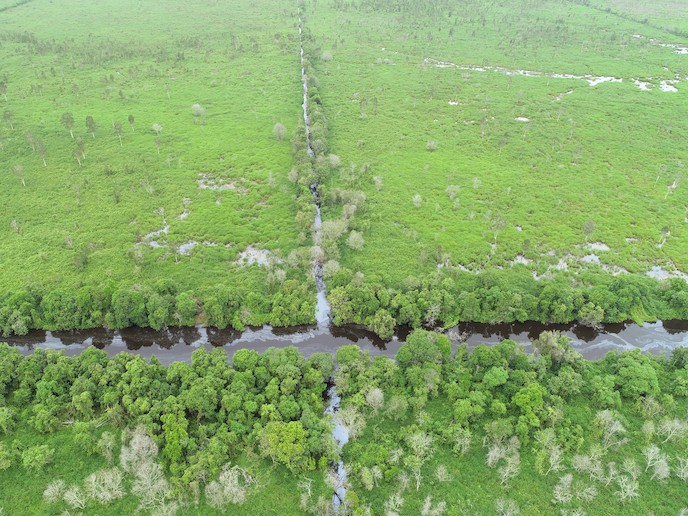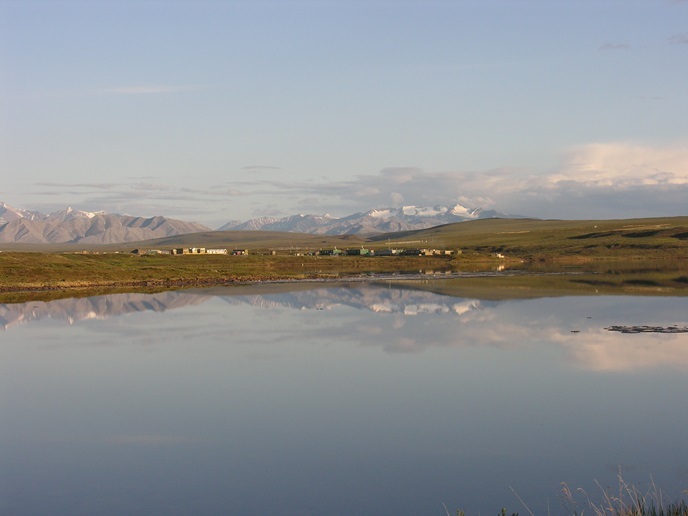Introducing peatlands to global carbon cycle monitoring
Predicting future climate change relies on models which simulate the interactions between the global climate system and the earth’s processes. The reliability of these predictions is dependent upon evidence-based representations of the underlying processes. Carbon cycle models seek to represent the major stores and flows of carbon. Current global vegetation models, used to estimate carbon fluxes, often omit peatlands(opens in new window), leaving a knowledge gap about one of the largest terrestrial carbon stores, alongside the associated atmospheric gas exchange. The EU-supported project PEATmod, working with state-of-the-art process modelling, developed a methodology for assessing the knowledge gaps that would have to be addressed before peatlands could be introduced into global vegetation models. The results showed that peatlands are too diverse to be modelled uniformly; tropical peatlands require a different approach to that used for northern boreal systems.
Identifying knowledge gaps
Peatlands are an important component in the natural process of methane emissions, constituting approximately 20 % of global emissions. Modelling carbon cycles more accurately is one of the key areas PEATmod has identified as needing to be addressed. This will provide a better understanding of the role temperature plays in the soil decomposition processes. The size of the current peatland carbon pool, alongside its possible reduction due to increased temperatures, makes this a key element to improve in models. “The response of peatlands to changes in climate depends on their geographical position and current climate conditions. PEATmod specifically sought to investigate the drivers of methane emissions (such as temperature or hydrology). This is of special importance in the tropics. We also looked at how permafrost-melt will affect northern peatlands,” explains Marie Skłodowska-Curie Fellow Anne Quillet. A conceptual model, based on expert opinion from scientists working globally, was developed to identify the biggest data gaps. The goal was to create a collaborative methodology to plug these gaps. It became clear that the biggest data gaps were in understanding hydrological change. A lot of carbon can be lost during droughts when peatlands dry out releasing CO2 into the atmosphere. River flooding, such as that seen in the Amazon, can frequently hinder carbon storage. Seasonal flooding also causes greater methane emissions under the high temperatures of tropical systems. Although both of these effects are also observed at higher latitudes, they are of lesser importance in boreal peatlands because of lower hydrological variability, less regular and less extensive flooding and lower temperatures.
Integrating the peatland model
PEATmod’s work contributes to the approaches being developed and rolled out for assessing carbon storage and release from peatlands, which as part of the Kyoto Protocol(opens in new window) have to be calculated by every country. Currently, the lead researcher is working with collaborators to further assess the impact that implementation of a new peatland model will have on global model simulations, with implementation of a tropical peatland module identified as the critical first step. “Our identification of the critical drivers will help develop the next generation of global vegetation models for better estimates of both peatland carbon functions in the atmosphere and climate feedback effects on peatlands,” says Quillet. “This also has implications for the climate mitigation strategies of wetlands, agriculture, land-use and energy management.” Indeed, some of PEATmod’s results have already been adopted by other modelling groups, and the project’s method, approach and results will be published in open access scientific journals.







